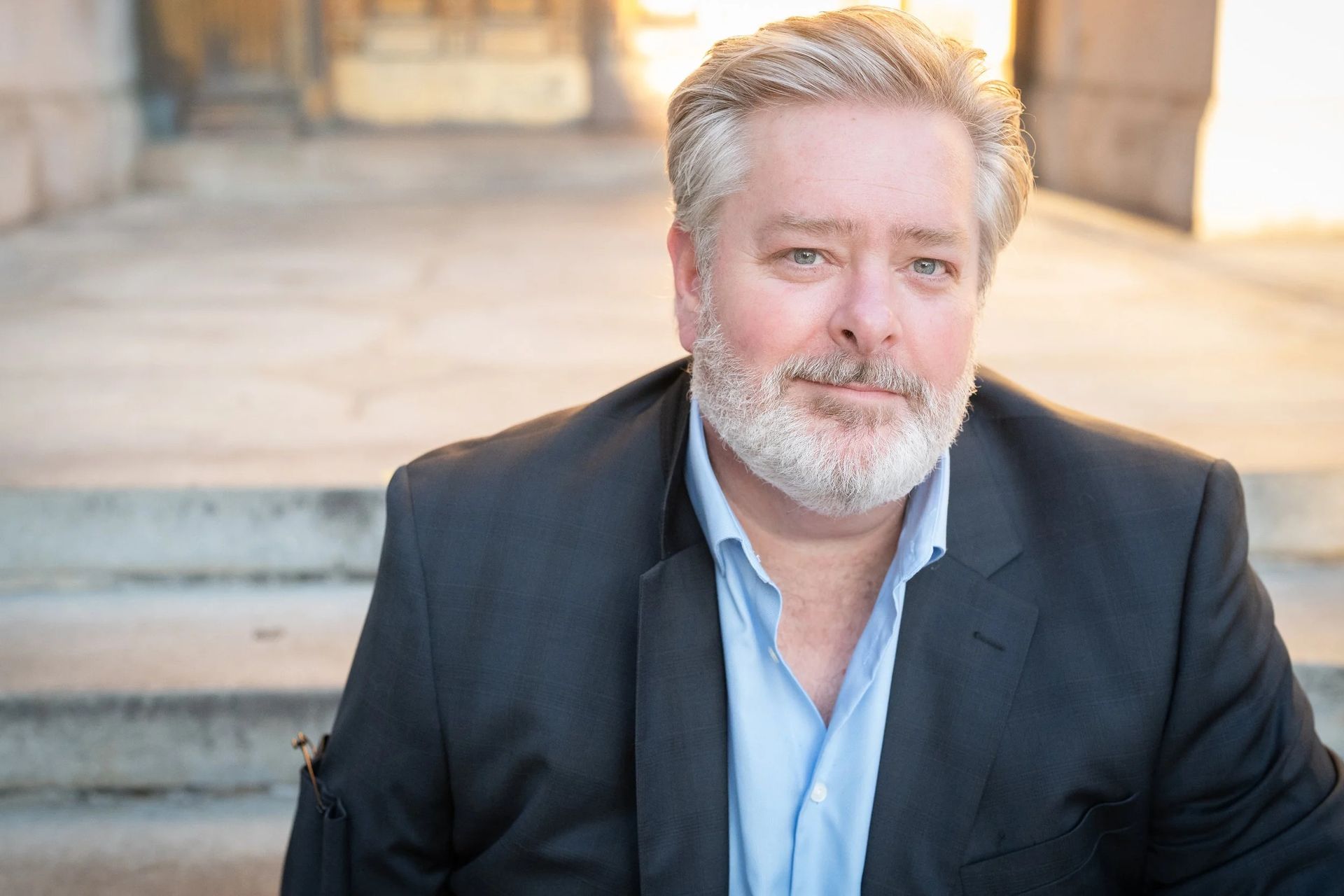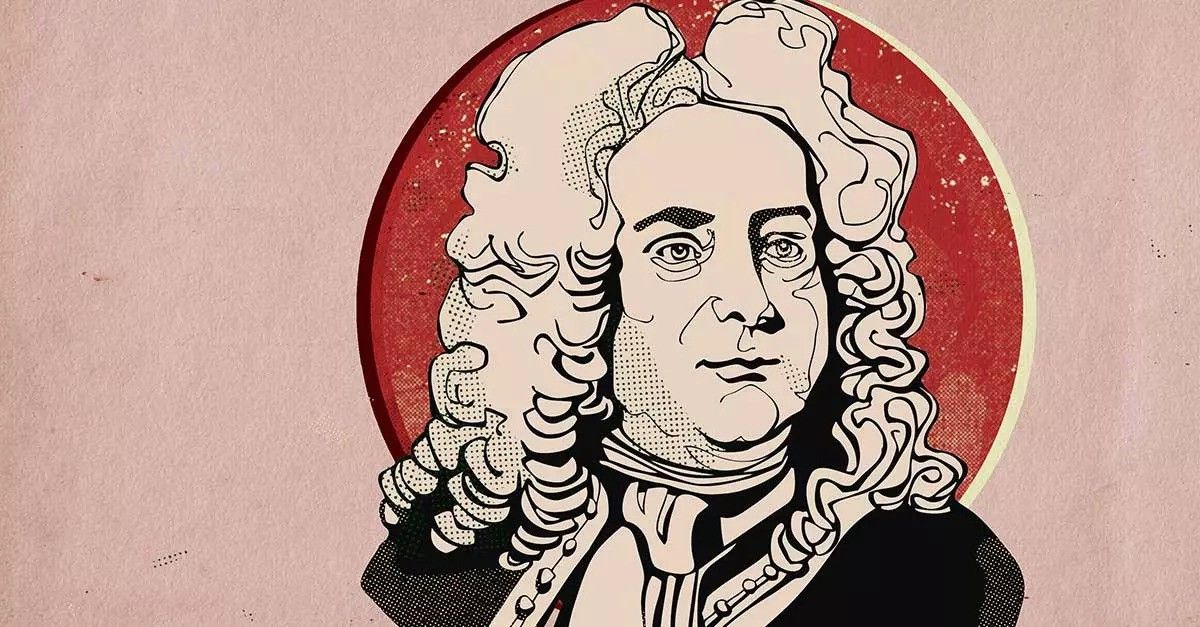THE STORY BEHIND: Mahler's Symphony No.1 (Titan)
Share
On April 13, conductor Benjamin Manis and the Rhode Island Philharmonic Orchestra will present BEETHOVEN CONCERTO NO.2 with pianist Orli Shaham.

Title: Symphony No.1 (Titan)
Composer:
Gustav Mahler (1860-1911)
Last time performed by the Rhode Island Philharmonic:
Last performed September 24, 2011 with Larry Rachleff conducting. This piece is scored for two flutes, four piccolos, three oboes, English horn, three clarinets, bass clarinet, three E-flat clarinets, three bassoons, contrabassoon, seven horns, four trumpets, three trombones, tuba, timpani, harp and strings.
The Story: The First Symphony of Gustav Mahler originated as a five-movement work under the generic title, “Symphonic Poem.” In that form, it had its 1889 premiere in Budapest. The work was not a critical success. Before the next performance in Hamburg in 1893, Mahler revised the score, renaming it “Titan, a Tone Poem in the Form of a Symphony,” and adding programmatic titles and comments to all the movements. This last gesture resulted from the urging of friends, who felt that the public required points of reference to understand Mahler’s radical music. Before the 1896 Berlin performance of the work as “Symphony No.1,” Mahler dropped these references, although, by his own admission, certain genuinely programmatic aspects in the music actually exist. For the 1899 publication, the composer also reduced the number of movements to the more traditional four.
Mahler’s original programmatic designation for the first movement was “Spring without End . . . the Introduction depicts the awakening of nature from its long winter sleep.” This appears to be the music’s intent through the soft, long-held unison, while chirping motives and other “nature” sounds bring the symphony to life. The main section (Allegro comodo) is based on themes from the second of the
Songs of a Wayfarer, the text of which reflects springtime awakening:
Through the field I went my way,
Dew drops on the grass and tree,
Said the merry finch to me:
“Fine, bright day?
Is this world not fresh and gay?”
The Scherzo comes second. Mahler called it “Under Full Sail,” but this is ambiguous considering that the music is a rustic waltz with a yodeling motive, an obvious reference to Alpine peasant music. For the Trio section, Mahler furnishes the cultural opposite in a refined, courtly Ländler (a folk dance that was the transition between the minuet and the waltz many years earlier).
The third movement (“Shipwrecked”) begins oddly as a grotesque canon on the children’s round
Frère Jacques
scored for some solo instruments with brief sarcastic comments from others. Mahler explains this strange opening and unusual later developments in his note:
The composer received the external stimulus to this movement from the parodistic picture, “The Huntsman’s Funeral,” well known to children of Austria from an old book of fairy tales. The animals of the forest accompany the coffin of the dead hunter to its tomb. . . . Here the movement expresses alternately the moods of jesting irony and eerie brooding.
Without pause, a cymbal crash announces the opening of the fourth movement, dubbed, “Dall’ Inferno al Paradisio . . .” expressing the sudden outcry of a deeply wounded heart. Full of dramatic contrasts and orchestration wizardry, this movement has themes of its own but is noteworthy for reminiscences and transformations of themes from the previous movements. The length and power of this concluding essay shows Mahler at his best, tying up the ends of the symphony’s portrayal of innocence (Movements I and II), wry irony (Movement III), and a final journey from the sinister to the sublime (Movement IV).
Program Notes by Dr. Michael Fink © 2023 ALL RIGHTS RESERVED
Tickets start at $20! Click HERE or call 401-248-7000 to purchase today!







